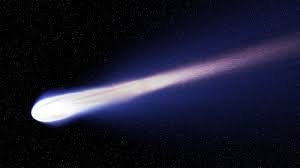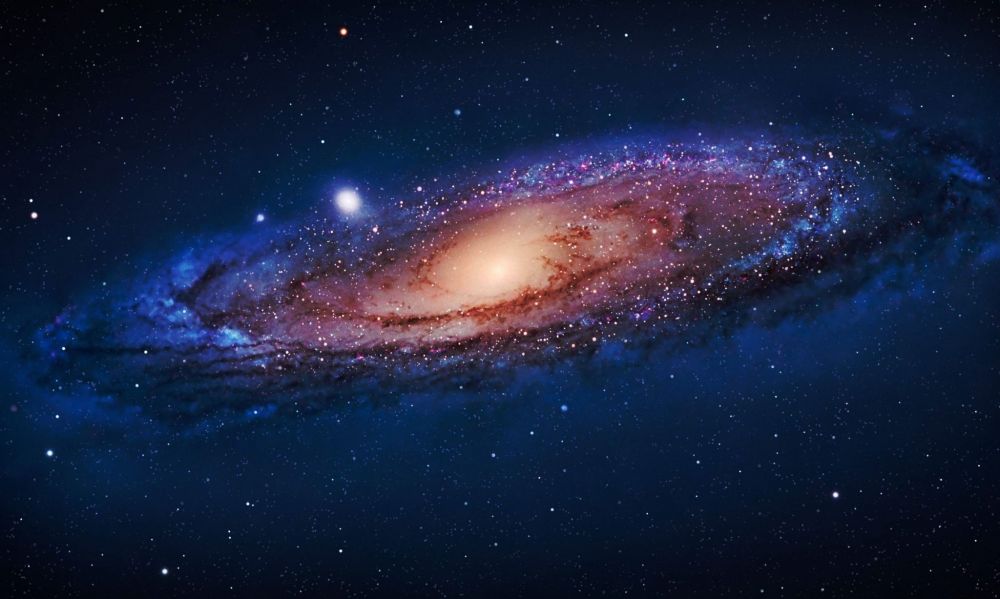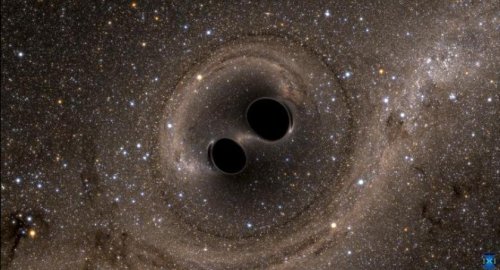
Largest comet ever seen is coming our way, but don’t worry

- 13-04-2022, 08:58
INA- sources
Astronomers have confirmed that a comet first spotted by the Hubble Space Telescope is the largest ever identified.
With a nucleus around 80 miles across, the comet, named C/2014 UN271 (Bernardinelli-Bernstein), is larger than Rhode Island, according to NASA, which shared news of Hubble’s discovery on Tuesday, April 12. It’s also 20 miles wider than the previously largest-known comet, which held the record for 20 years.
The nucleus of C/2014 UN271 is around 50 times larger than most other known comets, the space agency said, adding that its mass is believed to be an astonishing 500 trillion tons, or “a hundred thousand times greater than the mass of a typical comet found much closer to the sun.”
NASA also notes that the massive ball of ice and dust is “barreling this way at 22,000 miles per hour from the edge of the solar system,” but adds that there’s nothing to worry about as there’s no chance of it coming close to Earth when it makes its closest pass of the sun in 2031.
“This comet is literally the tip of the iceberg for many thousands of comets that are too faint to see in the more distant parts of the solar system,” said David Jewitt, a professor of planetary science and astronomy at the University of California in Los Angeles. “We’ve always suspected this comet had to be big because it is so bright at such a large distance. Now we confirm it is.” Jewitt added that the comet’s nucleus is “blacker than coal.”
Astronomers Pedro Bernardinelli and Gary Bernstein spotted the record-breaking comet in archival images from the Dark Energy Survey at the Cerro Tololo Inter-American Observatory in Chile. It was first observed in November 2010 and since then has been studied more carefully by telescopes both on the ground and in space.
Man-To Hui of the Macau University of Science and Technology in Macau helped to confirm the size by examining five images of the comet taken by Hubble earlier this year.
Establishing accurate measurements was a challenging exercise as it was hard to distinguish between the comet’s solid nucleus and the huge dusty coma enveloping it.
“The comet is currently too far away for its nucleus to be visually resolved by Hubble,” NASA explained. “Instead, the Hubble data show a bright spike of light at the nucleus’ location. Hui and his team next made a computer model of the surrounding coma and adjusted it to fit the Hubble images. Then, the glow of the coma was subtracted to leave behind the starlike nucleus.”
The team then compared the brightness of the nucleus to earlier radio observations from the ALMA observatory in Chile to arrive at their final measurements.
The team believes C/2014 UN271 emerged from the Oort Cloud, which exists in a distant region of our solar system and contains trillions of comets. While most of the comets remain there, some, like this one, are pulled away by the gravitational tug of a passing star.
The impressive discovery is yet another feather in the cap of the impressive Hubble Space Telescope, which has been studying deep space for the past 30 years.
The Speaker of the Arab Parliament arrives in Baghdad
- politics
- 04:30
PM Al-Sudani offers condolences on death of writer Jumaa al-Lami
- Culture and art
- 02:54
Duhok of Iraq and Qadsia of Kuwait match kicks off
- Sport
- 25/04/15
Four Daesh terrorists detained in Salahuddin
- Security
- 25/04/14
Two ISIS hideouts destroyed, killing those inside in Salah al-Din
- Security
- 25/04/13












